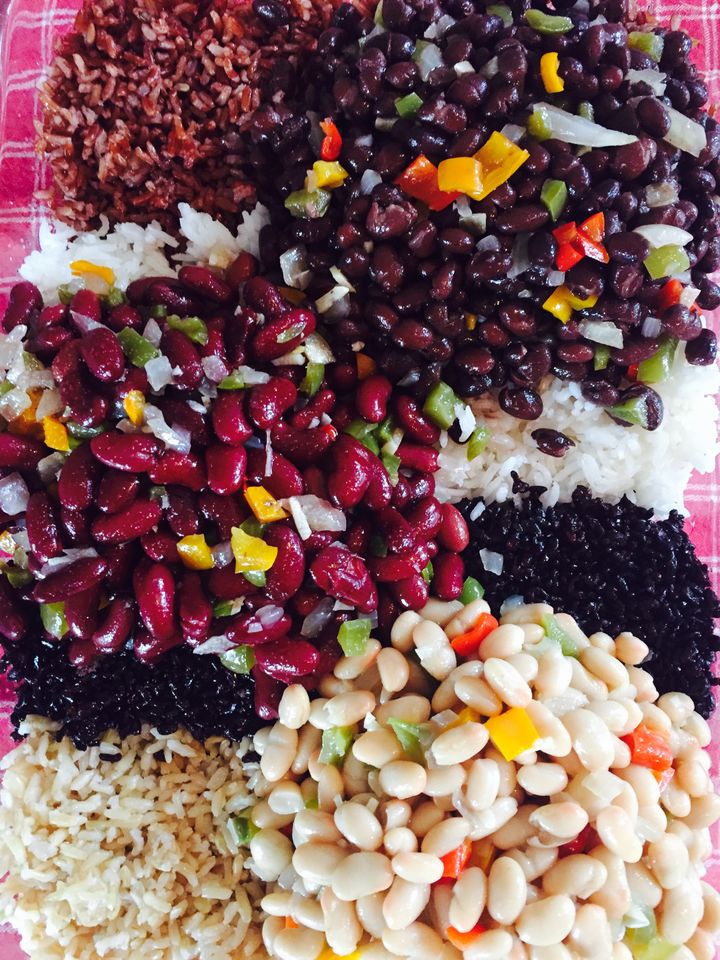Imagine. August 12, 2017. Charlottesville, Virginia. Imagine with me an alternative day.
Early morning. The dawning sun eases its light down Water Street, the pedestrian Mall, Market Street. It's quiet, as usual. But something happened overnight. Where there had been none before, banners sweep across the streets, banners hang from every public building – the old main library, the courthouse, post office; signs in every shop window and from the residences above. "Diversity Makes America Great"; "One Human Race"; "Equality for All"; "Laundry Is the Only Thing That Should Be Separated by Color"… each opposing the racism of people soon to arrive. Throughout the night and long before citizens of the town have been quietly, bravely working to hang the signs, secure permits, create these banners, and mobilize others to express their outrage in this way.
And it's just begun.
Sure enough, under the glare of a risen sun, buses and motorcycles and trucks and vans stream in bearing Nazi swastikas, confederate flags, and the insignia of until-now secret hate groups. Men in all manner of combat and dress, armed with their semi-automatic rifles and handguns, their clubs, their shields and helmets disembark. The rallying white supremacists have arrived. On foot now and shouting their slogans, they swarm the streets of downtown Charlottesville.
But the only people to meet them are law-enforcement officials. Decent professionals in uniform, they stand along the streets, the parks and pedestrian mall. Anywhere else a white supremacist's eyes might fall is a sign, an opposing message clearly articulated. They pick up their chants, looking from behind home-made shields for the resistance they’ve so eagerly anticipated. Where are the "counter-protestors"? To the thousands of eyes watching – in person and virtually online, the white supremacists look laughable, B-movie extras. The white supremacists raise their fists and exclaim victory over this sleepy little town.
They don't know it's not over yet.
The sun has climbed high enough for trees to cast a welcome shade. Out of the doors of coffee shops and ice cream parlors, bookstores and pawn shops, restaurants and jewelers, from the courthouse and library, the churches and theaters, people emerge. The first to come bear long tables. White supremacists rush forward reasoning these must be shields for coming violence. But the table-toters with discipline and courage ignore them. At the top of the library stairs, in the grass of the public park, on sidewalks and on porches, wherever they have gained rights or permission, these people set up their tables. Then come the chairs, then the tablecloths and dishes, then the platters of food. And look. It's simple fare for every palate and any wallet: beans and rice. Look closer. It's white rice with black beans and red rice with white beans and brown rice with red beans and black rice with brown beans and yellow rice with red beans… The children mix them all together because they know it's best that way.
With the rage of a hunger denied, white supremacists hurl insults and threats. Some move in as if to physically assault the citizens sitting down to eat. But the police are prepared. They meet any violence with the check of a swift legal response. Meanwhile, at the tables people share plates with one another. The only thing any member of this resistance says to a white supremacist (and they say it often) is, "Come. Sit and eat. There's plenty goodness for all."
How does it end? When the food is gone or packed to share again and those who have eaten have relaxed a bit, they collect the dishes, the tablecloths, chairs, and tables, and leave to go about the rest of their day. Some white supremacists may continue to shout and march about, but their actions and their words seem silly at best. America is about much greater things than that.
I live in Charlottesville, Virginia. Like many, I now carry a chronic, low-grade heartsickness for what did happen over that mid-August weekend and no little sense of dread for what may yet come. To carry out a day of opposition to white supremacy such as that imagined above is not impossible. But it depends on great courage and discipline, the mobilization of numerous citizens, public officials' cooperation, our elders' steady calm, and the strength and wiliness of the young. It depends on the recognition that we are all human beings, that hatred and bigotry are taught (and so can be abandoned for love and respect).
I am still learning lessons from that day. But of a few things, I am sure:
1. Violence doesn't work against ideologies, and using violence forfeits any moral high ground one might otherwise have.
2. Food is good. Okay, this is not something I only recently learned. But it is something. The table can be a powerfully equalizing place. We all have to eat and can share the pleasure.
3. No matter what "side" you're on, we are none of us only what we may say or do. As patently wrong as the rhetoric, ideas, and actions of white supremacists, Nazi sympathizers, and Confederate "heritage" touters may be, as repugnant and even evil as these ideologies are, it is people who hold them, and people who can let them go.
Imagine.

multi colored beans and rice